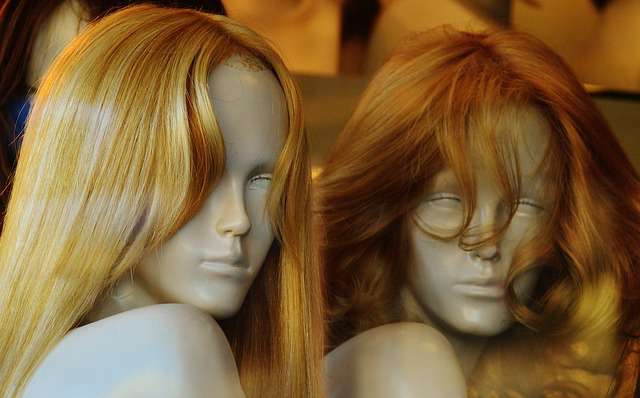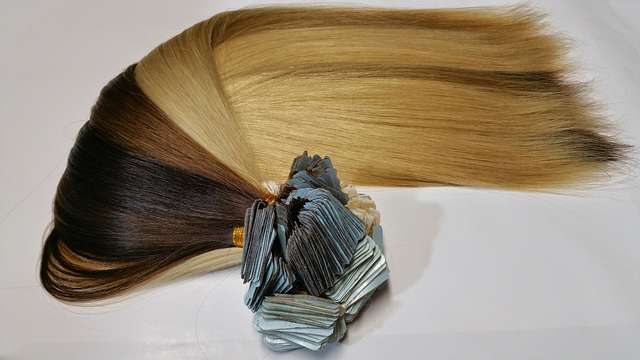
When you invest in the best spectrophotometer for measuring wig color, you can ensure that your synthetic wigs look nearly identical to real hair. Image source: Pexels user iiii iiii
The synthetic wig business is booming. Every year, more customers buy synthetic wigs and hair extensions in order to test out new fashion trends or make their natural hair appear fuller and healthier. This nearly $230 million market has grown by an average of 4 percent in value every year since 2011, and this trend is expected to continue.1
However, when modern customers invest in today’s synthetic wigs, they expect a much higher level of quality than previous generations of wig wearers. Today’s customers want wigs that look identical to real hair, from the texture of the fibers to the layers of color in the dye. To create realistic, trendy, and fashion-forward synthetic wigs, you’ll need to invest in the best spectrophotometer for measuring multidimensional color. This will allow you to perfectly mimic the look of real hair without paying premium prices for actual human hair pieces.
Why Many Manufacturers Choose Synthetic Wigs
The reason many manufacturers and customers choose synthetic hair, rather than real human hair, is largely due to price and availability. Real human hair takes years to grow, and wig manufacturers have to compensate the people who choose to grow their hair for use in wigs (unless they donate their hair). This means that real human hair wigs are more time-consuming to make, cost more up-front and require a slightly more complex manufacturing process in order to produce products on a mass scale. Real wigs cost anywhere from $800 to $3,000, sometimes more.2
By contrast, synthetic wigs are far more affordable for manufacturers and customers alike. Synthetic fibers can be made on a mass scale almost instantly — there’s no need to wait for the hair to grow. Most synthetic wigs sell on the market for an average of $30 to $500, depending on the quality of the synthetic materials; even the most expensive synthetic wig costs less than the cheapest real human hair wig. However, while synthetic wigs are cheaper to make, they also look and feel less realistic than real hair, especially if you dye the hair improperly. One of the biggest mistakes that wig manufacturers make is dying their products one flat color or using fibers that are too shiny. This is where a spectrophotometer may help.

The most realistic-looking synthetic wigs are multidimensional in color, just like real hair. Image source: Pixabay user Alexas_Fotos



